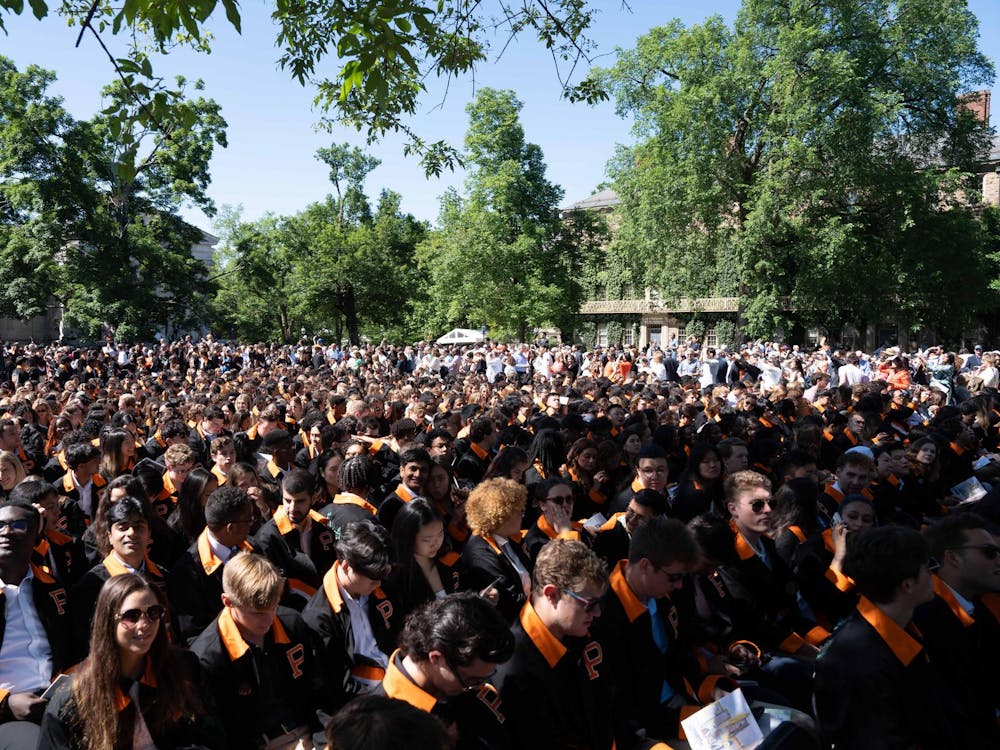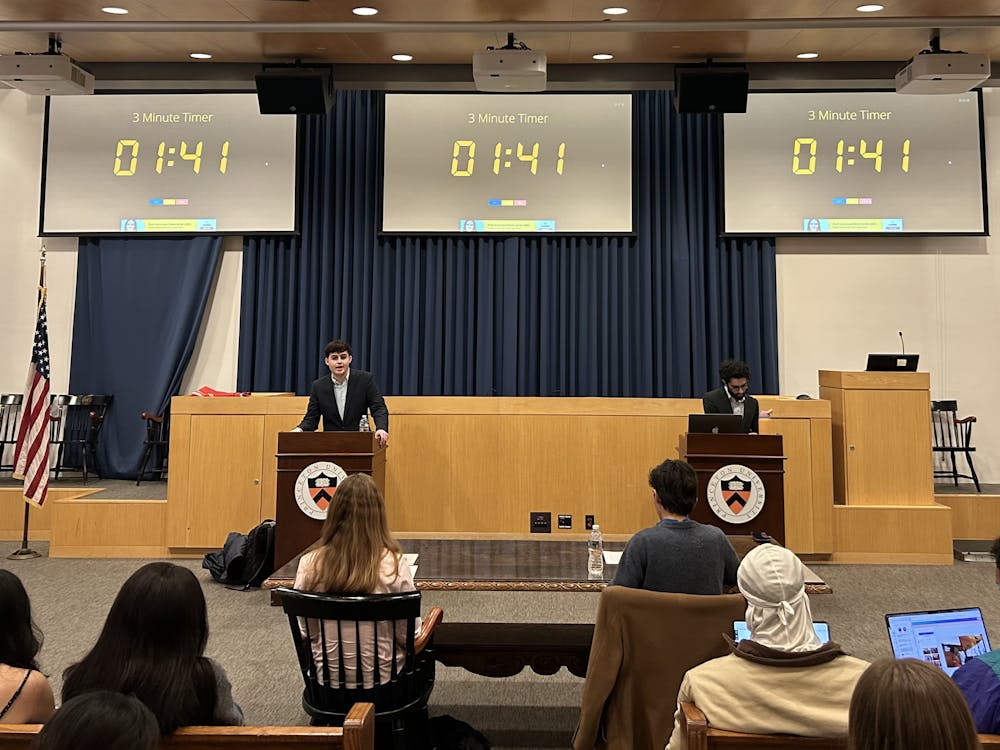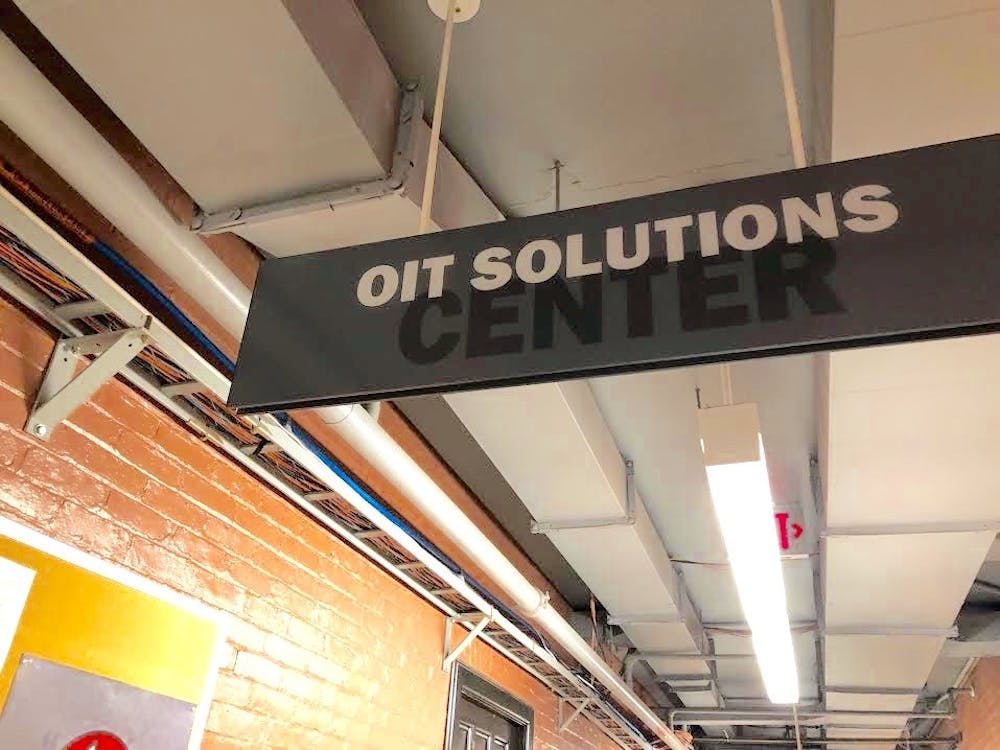Princeton's residential dining halls are an integral part of each college community, often providing the bedrock of interaction between undergraduates, guests and other residents. But the recent changes in dining, including new physical layouts and new meal plans, ignore several of the elements that make dining at the colleges productive and enjoyable. While residential college dining halls and common areas look better than perhaps ever before, the dining system itself remains flawed. In its approach to dining in the residential colleges, the University has essentially chosen style over substance.
Though the University trumpets the new system as a way to expand the dining and housing options available to the Princeton students, the variety of meal plans available to underclassmen has actually decreased. This year, freshmen and sophomores must choose between an unlimited meal plan and a block of 235 or 190 meals per semester. Eliminated for this year were plans that allotted 20 or 14 meals per week and were accompanied by dining points that could be used like money at Frist Campus Center, the campus cafes and the Healthy Eating Lab, among others. Unknown to many students, the block plans do not provide an equivalent tally to the weekly plans. Rather, the student with 190 meals for the fall semester would need to, on average, take only one meal during two days of the week so as not to run over the plan. Furthermore, the price per meal on all plans has increased since last year. Students enjoy their sleek new dining halls with fewer options on their plates.
The layout of our glittering new halls has also caused overcrowding in Rocky/Mathey and Whitman. Renovations to Rocky and Mathey dining halls have transformed the joint kitchen with two separate serveries into one large combined servery. While aesthetically pleasing, the renovated dining halls feed two colleges with a single grill and salad bar instead of two, with overcrowding being a predictable result. Though the crowding at Whitman is understandable given the student body's enthusiasm to see the new facility, this problem will only increase after upperclassmen begin receiving their two meals per week in the colleges today.
Princeton students are fortunate to attend a university that can afford to support such smart-looking cafeterias. Nonetheless, in its drive to make the dining halls true havens of collegial interaction, the administration should be cautious not to risk decreasing choice or increasing crowds and wait times at meals — all issues to keep in mind during the upcoming renovations to Wu and Wilcox. Students will be far keener to dine in the colleges if these small but important issues are fully considered.







